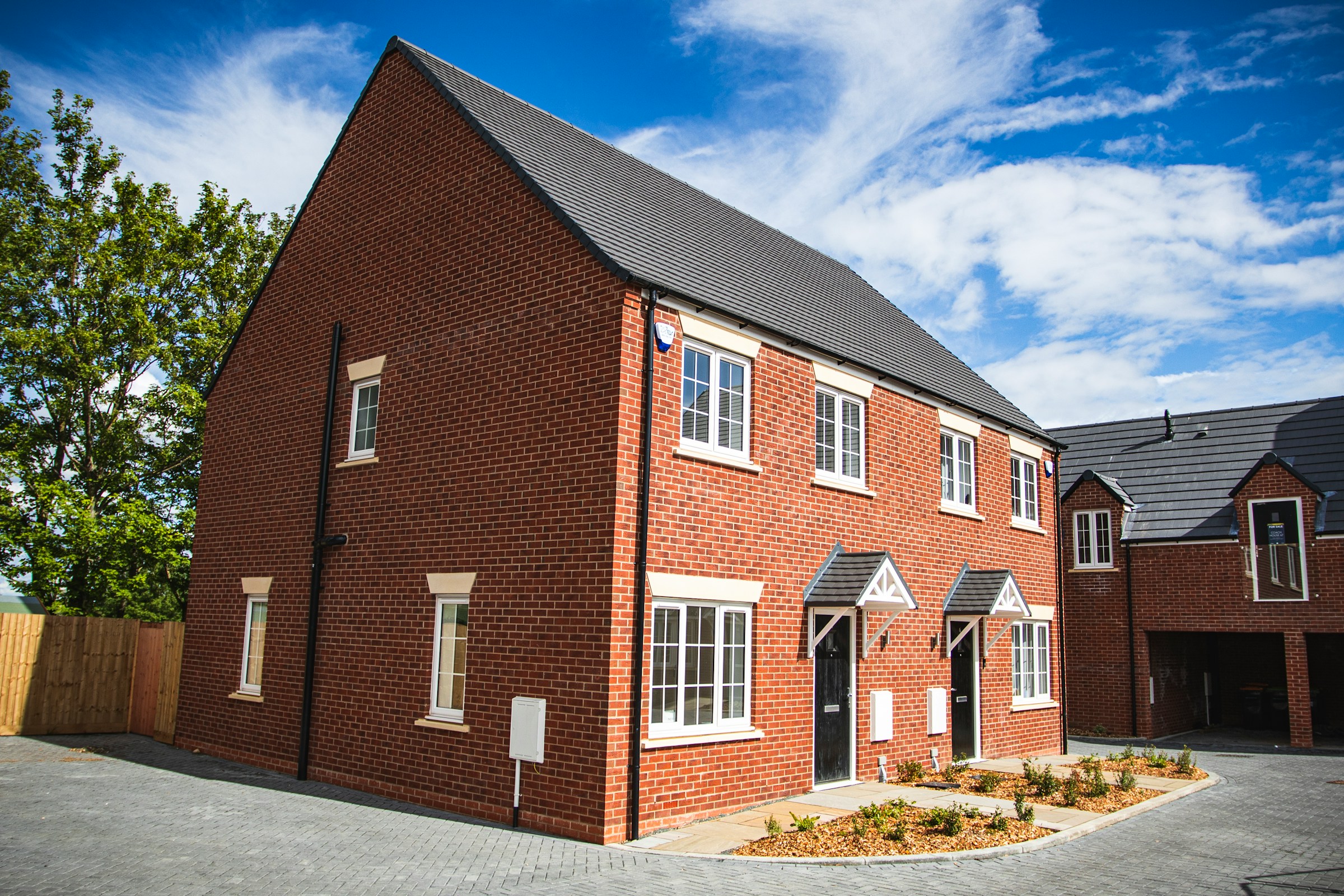November brought a positive development in the ongoing battle against inflation as housing-related price increases showed signs of moderation. Data from the Consumer Price Index (CPI) revealed that shelter costs, which include rents and owners’ equivalent rents, rose by 0.4% in November—lower than the 0.6% increase observed in October. This marks a significant step toward controlling inflation, as housing costs account for a substantial portion of the overall CPI.
The cooling in shelter inflation aligns with other indicators pointing to a stabilisation in the housing market. Recent trends suggest a deceleration in rent growth, as more supply enters the market and demand softens slightly. Additionally, home price growth has slowed in many regions due to higher mortgage rates, which have dampened buyer activity.
Economists have long identified housing inflation as a persistent driver of overall price pressures, making its moderation a welcome signal for policymakers. The Federal Reserve has raised interest rates aggressively over the past year to combat inflation, and signs of cooling in the housing sector may indicate that these efforts are bearing fruit. Lower housing inflation could help ease the burden on consumers grappling with elevated costs across other essential categories.
While the November data offers a glimmer of hope, experts caution that progress must be sustained. Shelter costs tend to lag other components of inflation due to the way they are calculated, meaning the effects of recent changes in the housing market may take months to fully reflect in CPI data.
Nevertheless, the latest report underscores the importance of continued vigilance in addressing inflation. Housing is a cornerstone of economic stability, and its trajectory will play a critical role in shaping broader price trends. As policymakers and market participants monitor these developments, the moderation in housing inflation provides a reason for cautious optimism in the effort to restore price stability.


